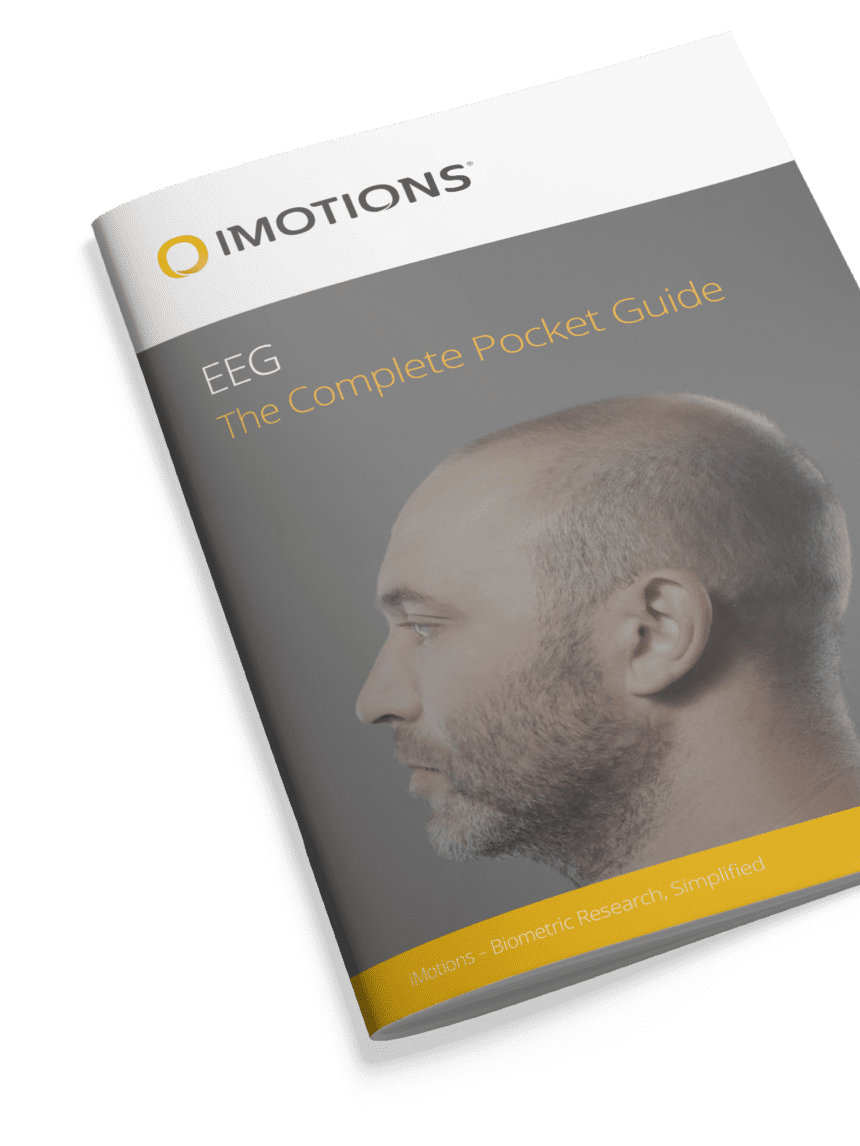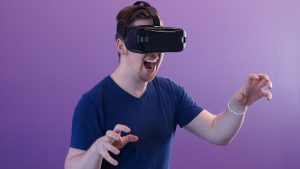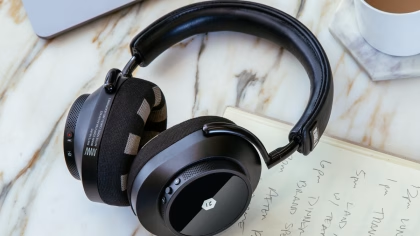Table of Contents
There are many different methods to go about capturing information on brain structures and functions.
The three most common and most frequently used measures are functional Magnetic Resonance Imaging (fMRI), magnetoencephalography (MEG) and electroencephalography (EEG). Of these methods, EEG is the most versatile and cost-efficient solution.
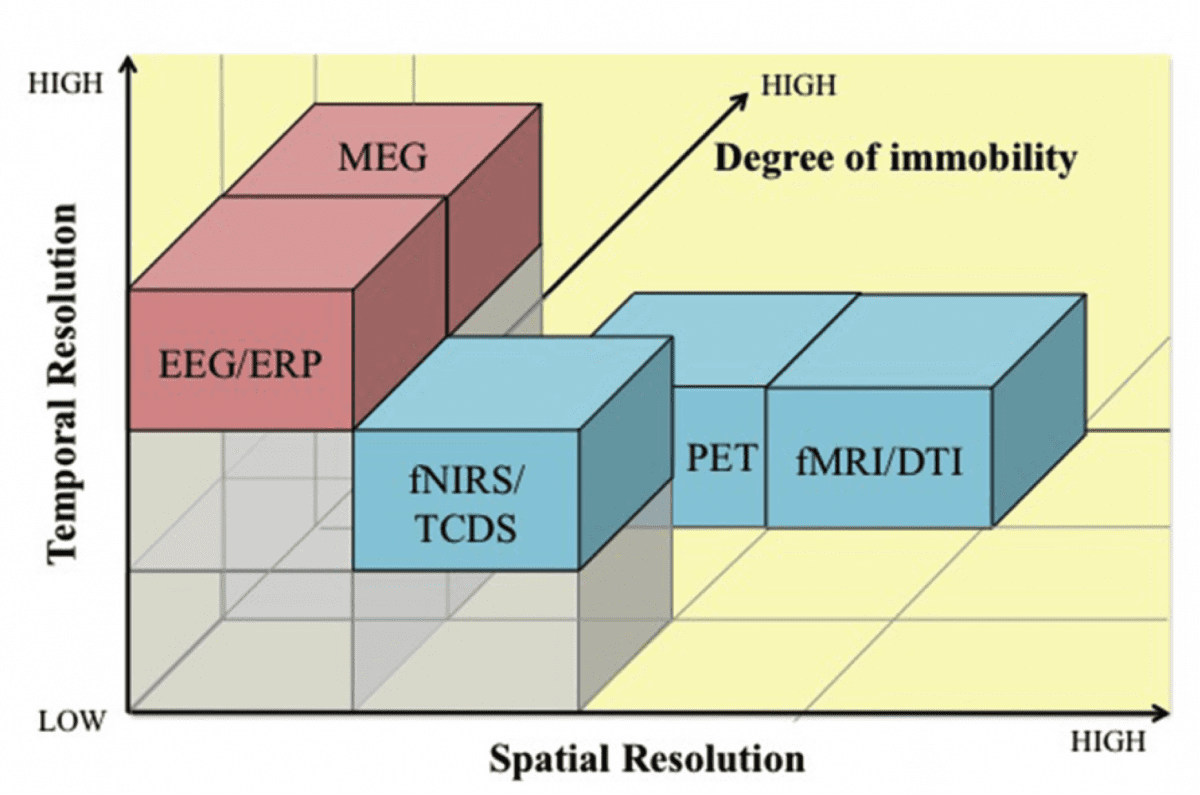
Electroencephalography (EEG):
When using EEG, you are measuring electrical activity generated by the various cortical layers of the human brain. Specifically, electrical signals are picked up from gray matter regions, which have high densities of pyramidal cells that communicate with each other.
Whenever large groups of these pyramidal cells are firing up in a synchronized pattern, the generated electricity radiates to the scalp surface – this is what we record with EEG electrodes. Because the electric fields are still very low, signals are generally amplified. The activity will be stronger compared to a reference location (typically located behind the ears referred to as the left/right “mastoid processes”).
Keep in mind that EEG is a referential recording and not an absolute voltage – it always represents a relative increase or decrease in electricity at a specific location. The changes in electric fields occur very fast – so with EEG, you will get insights into brain processes with a very high time resolution (up to 1 millisecond dependent on the sampling rate).
EEG allows you to record brain processes that occur shortly after the onset of visual or audio stimuli (there are consistent brain processes already after 50-100 ms post-stimulus), but you can also monitor brain states reflecting engagement, motivation or drowsiness over longer periods (hours to days). This excellent time resolution gives you insights on the precise timing of brain processing.
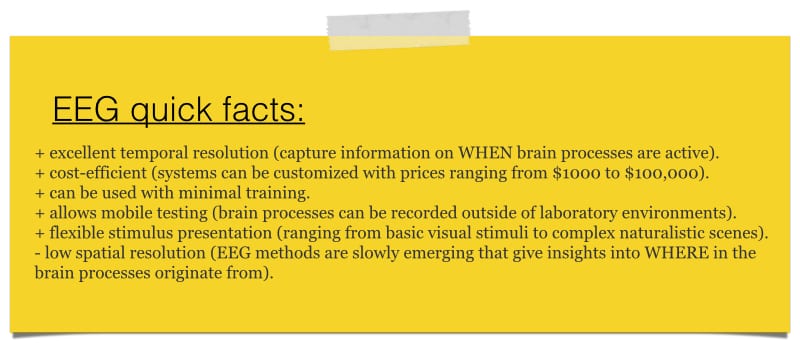
Functional Magnetic Resonance Imaging (fMRI):
fMRI is a functional neuroimaging procedure measuring brain function by detecting changes in blood flow associated with neural activity. The assumption is that neurons need more oxygen when they’re active. fMRI has a tradeoff between spatial and temporal resolution, yet is a relatively slow neuroimaging method compared to methods such as EEG or MEG. However, the central strength of magnetic resonance imaging is its excellent spatial resolution. With magnetic imaging, you can reconstruct the individual skull shapes and cortical layers of all of your respondents.
Typically, respondents have to lay motionless in a magnetic core while radio frequency bursts are emitted (read more about how the process is carried out here). fMRI then measures the change in magnetization between oxygen-rich and oxygen-poor blood, showing a relative difference across different brain regions.
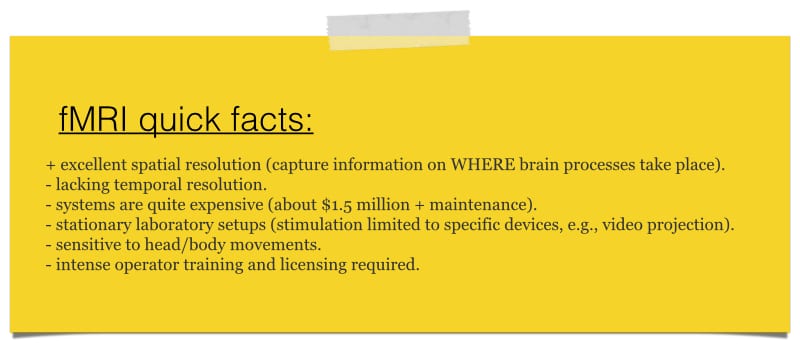
Magnetoencephalography (MEG):
While EEG is recording the electrical activity generated by neural firing, MEG captures the magnetic fields generated by neural activity. MEG devices are completely stationary (similar to fMRI devices). They require the participant to lay or sit almost motionless and keep movements to a minimum.
MEG measures usually need to take place in a shielded chamber to avoid magnetic fields from the outside interfering with the data recording. The biggest advantage is that MEG combines the high temporal resolution similar to EEG, with the high spatial resolution.
In the end, you get a precise picture of the time resolution of the signal, meaning you will know exactly which areas are active and at the same time you will know the structure of the brain very precisely.
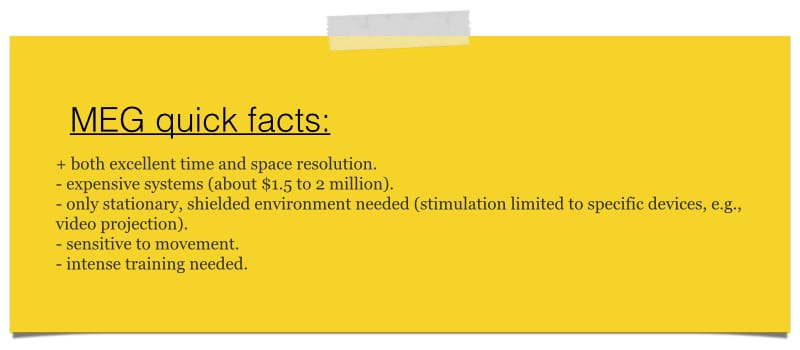
Now what?
If you would like to know more about different technologies that can measure brain activity or you have any other questions regarding human behavior research please feel free to contact us.
Free 59-page EEG Guide
For Beginners and Intermediates
- Get a thorough understanding of the essentials
- Valuable EEG research insight
- Learn how to take your research to the next level
